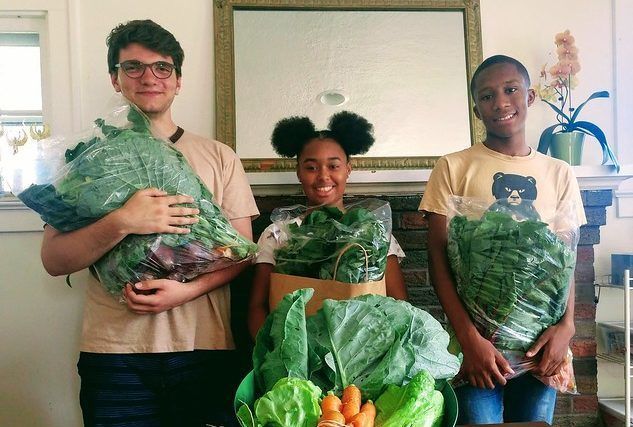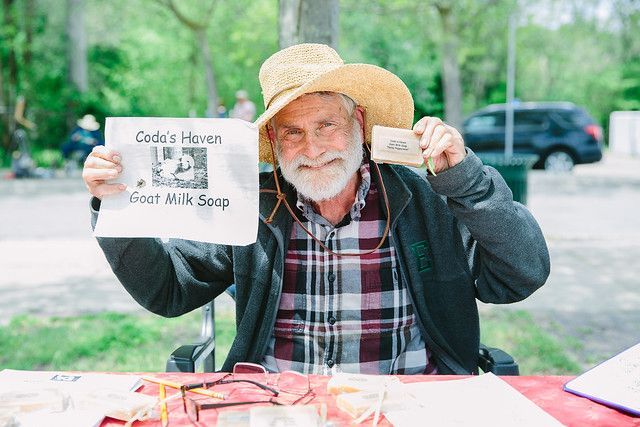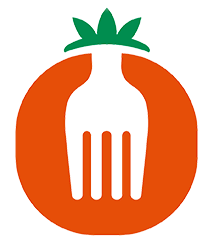Article
Where Environmental and Food Justice Meet
Happy New Year!
I recently accepted the Environmental Justice Award from the Sierra Club. I was amazed at the accomplishments within our region as I listened to the stories of others in the program. It is an honor to participate in such a rich, diverse, and vibrant local community and to work alongside many other individuals and organizations as we collaborate to build systems of sovereignty as we interact with Mother Earth.
The food justice movement will fail without all of us on board.
At the same time, it would have been easy to feel out of place, given that so much of our work and advocacy centers on food justice and food sovereignty. It was a good reminder that food and environmental justice are inextricably connected. In fact, the food and environmental justice movements each emerged as critiques of environmentalism’s anti-black rhetoric and bend towards the elite class. Together, the food and environmental justice movements highlight and challenge harmful structures perpetuating inequality in our communities.
Earth was made for growing food.
When we live in harmony with Mother Earth, nothing is more true. There is so much Mother Earth has to teach us, and we are united through its fruit. Producing food is a central purpose of our planet, and food is at the center of human existence. It nourishes our bodies, brings us together, and ushers in peace and joy. We aim to help our community find this life-sustaining harmony with food and Mother Earth.
That is why we have to speak out with condemnation when we see instances in which food is being weaponized and politicized and actively damaging communities. For the past several months, this has been the reality for the people of Gaza and the West Bank. We stand in solidarity with the oppressed and the victims of historic injustice and power imbalance, particularly with the Palestinian people.
Imagine if these resources were poured into building harmony and peace with one another and Mother Earth through growing food. As we grow here in our community, we know we grow for one another.
We grow for sustenance.
We grow for nutrition.
We grow for pleasure.
We grow for peace.
Thank you for growing with us,
Julius
share this
Related Articles
Related Articles

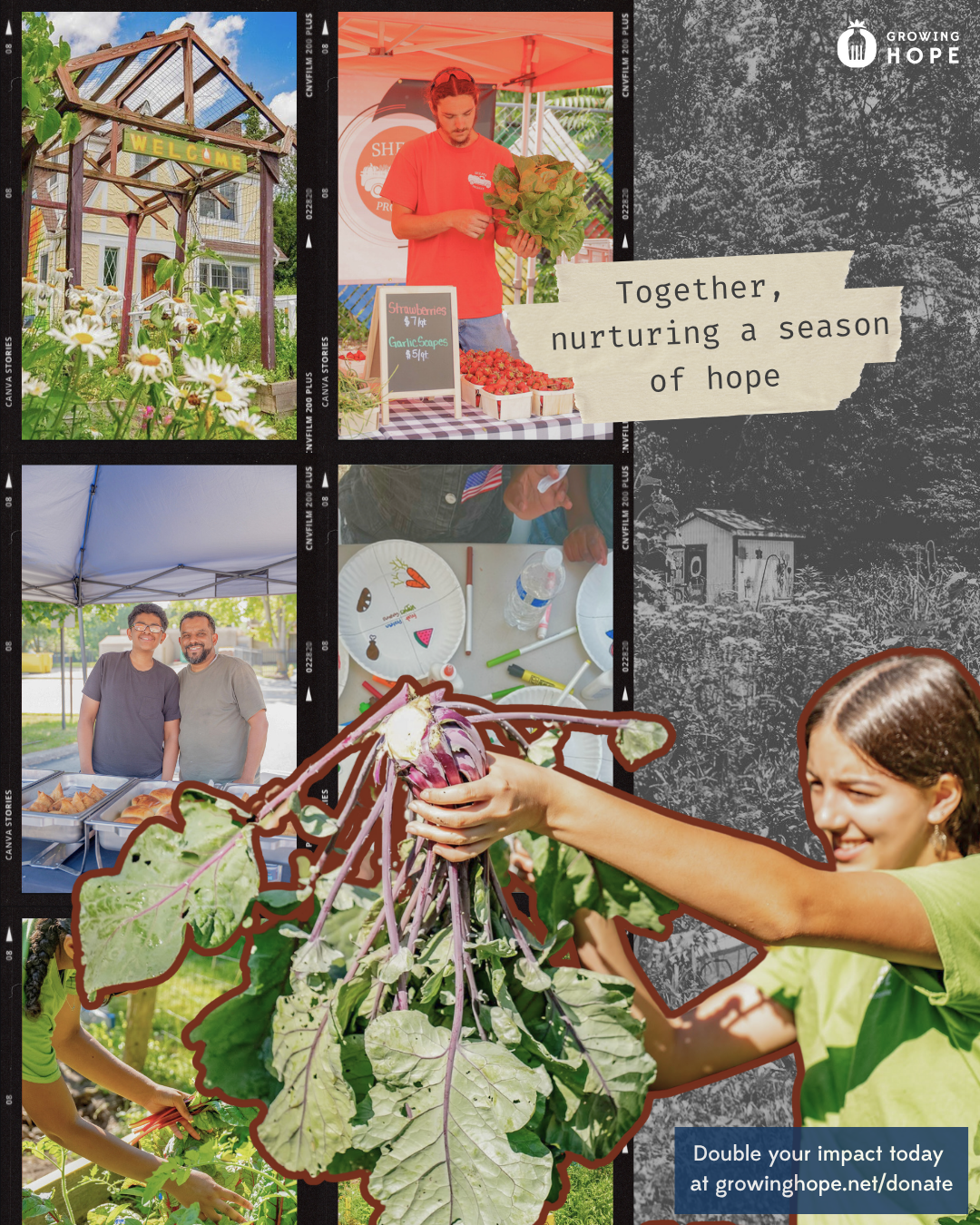
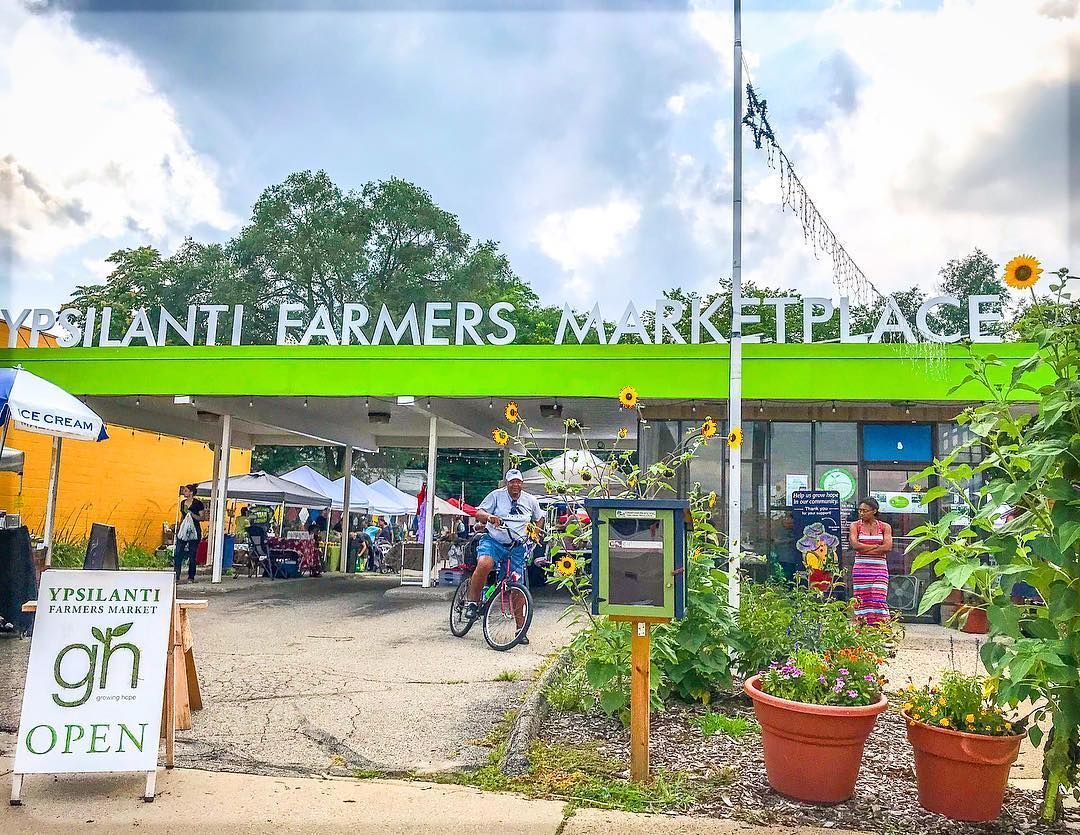
STAY UP TO DATE
GET PATH'S LATEST
Receive bi-weekly updates from the church, and get a heads up on upcoming events.
Contact Us


